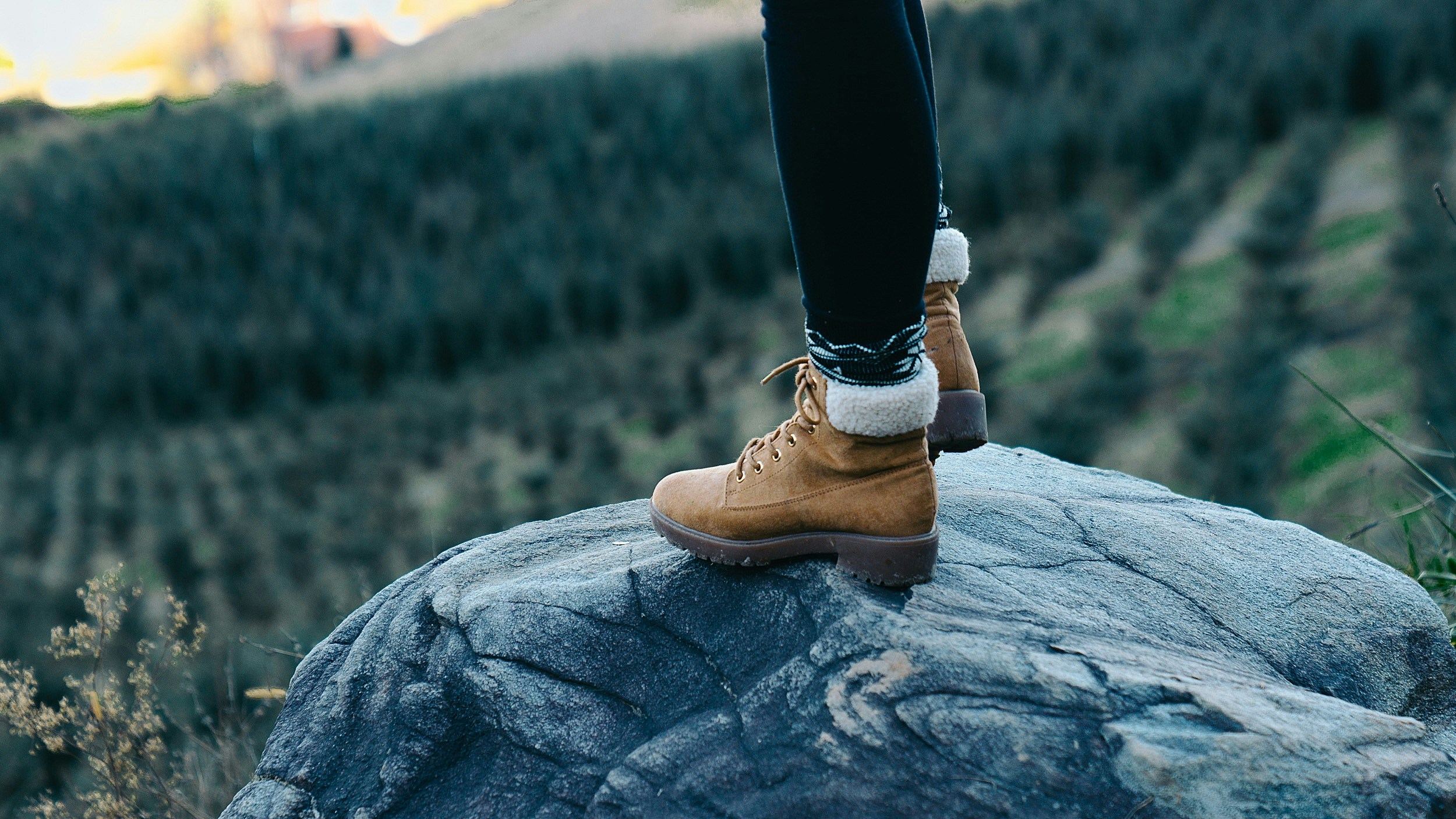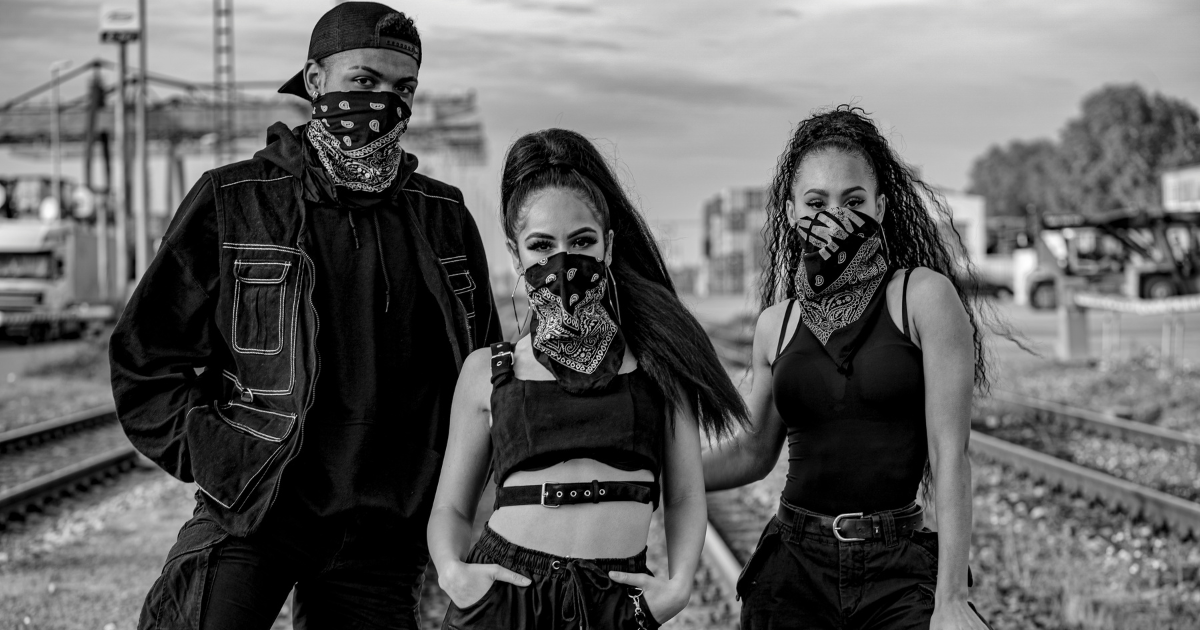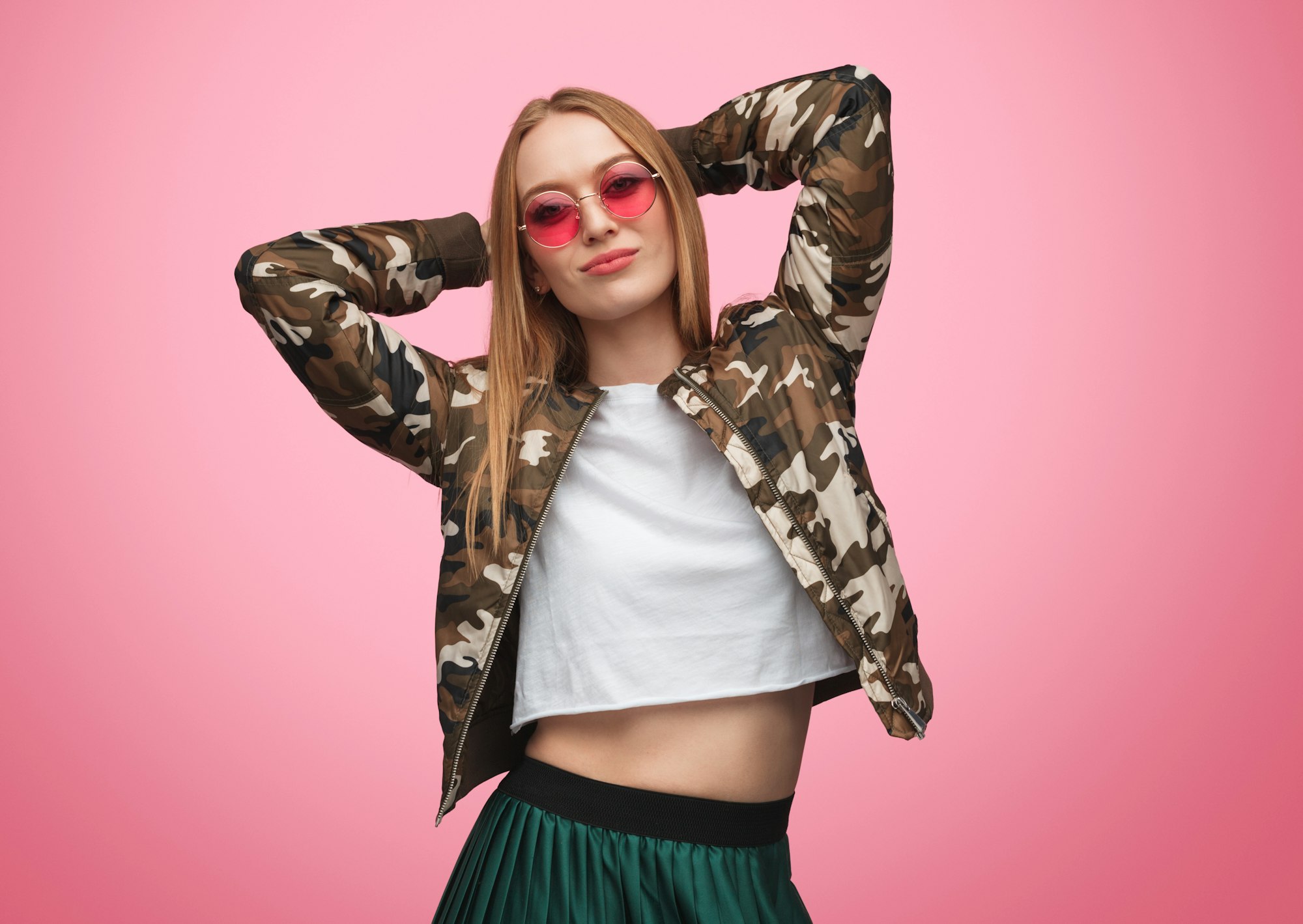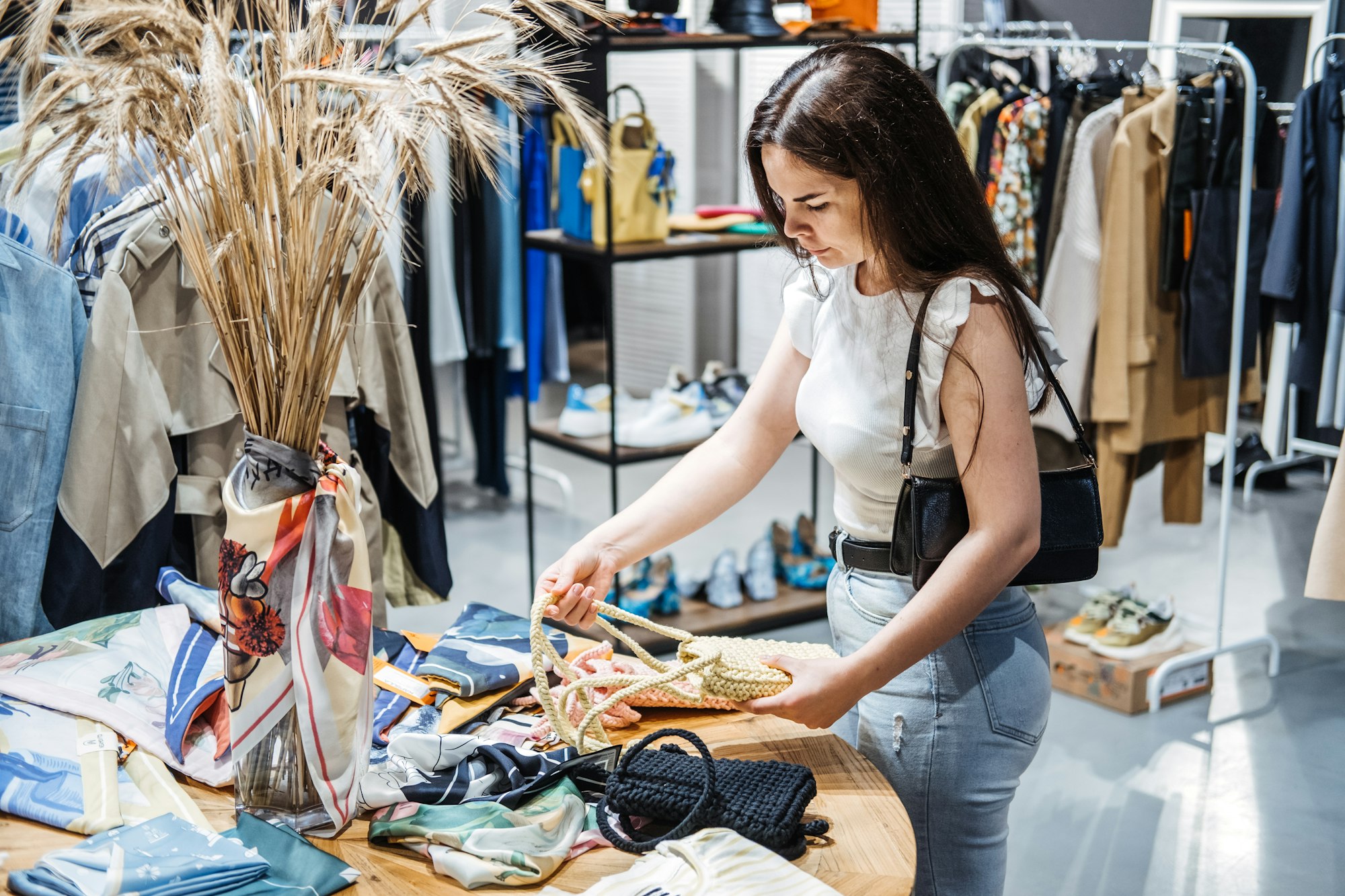Cinema has long been a powerful medium that tells stories and sets trends, especially in fashion. The connection between fashion and film is undeniable, with movies often serving as the launchpad for iconic styles and timeless trends. Over the decades, certain costumes have transcended their roles on screen to become symbolic in fashion. These iconic outfits have not only defined the characters who wore them but also influenced fashion trends for generations, fashion in film continues to captivate audiences and shape the industry. On many occasions, the clothing worn by actors becomes symbolic, representing an era, a mood, or an idea. This article explores the deep connection between fashion and film, using examples of iconic costumes that have left a legacy.
MARILYN MONROE’S WHITE DRESS IN “THE SEVEN YEAR ITCH” (1955)
Designed by William Travilla, Marilyn Monroe’s iconic white dress is a halter-neck style that effortlessly complements Monroe’s curvy figure and turns out to be an emblem of 1950s Hollywood, and the dress itself is often cited as one of the most renowned in film history. Monroe’s outfit emphasized her character’s flirtatious nature and cemented her status as a fashion icon. With its classic silhouette combined with Monroe’s charisma, the white dress inspires designers and is often referenced in popular culture.

KAREENA KAPOOR KHAN’S OUTFITS IN “KABHI KHUSHI KABHIE GHAM” (2001)
Bollywood has constantly had a profound connection with fashion, and Kareena Kapoor Khan’s depiction of the character Poo in “Kabhi Khushi Kabhie Gham” (K3G) is a demonstration of this relationship. Poo’s character was a fashion-forward, self-assured young lady, and her wardrobe mirrored her bold personality, with her attires ranging from dazzling Western attire to traditional Indian wear. Each outfit not only imitates Poo’s confidence and modern attitude but also becomes a fashion trendsetter in India. The red off-shoulder top from the song “You Are My Soniya” and the golden lehenga she wore during the “Bole Chudiyaan” sequence became instant sensations. These costumes, designed by Manish Malhotra, enthused a generation of young women to embrace a blend of Western and Indian fashion.

ELEGANCE OF THE REGENCY-ERA IN “BRIDGERTON”
The series “Bridgerton” is known for its fascinating drama and desire and its magnificent costumes. It brought the Regency era’s fashion back into the spotlight with its elaborate gowns and intricate jewellery. The series, known for its opulent costumes, gave audiences a glimpse into the elegance of the period, with each character’s wardrobe meticulously designed to reflect their social status and personality. The show’s leading ladies, particularly Daphne Bridgerton, often donned empire-waist gowns adorned with delicate embroidery and paired with stunning chokers, tiaras, and gloves. Pastel colours and rich fabrics in the costumes evoked the era and added a modern, almost fantastical twist to the traditional Regency style.

AUDREY HEPBURN’S BLACK DRESS IN “BREAKFAST AT TIFFANY’S” (1961)
When discussing iconic fashion in film, it is impossible to overlook Audrey Hepburn’s black dress in “Breakfast at Tiffany’s,” perhaps the most iconic little black dress in cinematic history that Hepburn wears while gazing into Tiffany’s windows. Designed by Hubert de Givenchy, the dress was stylish and minimalist, flawlessly expressing Hepburn’s charm. Paired with pearls, oversized sunglasses, and elbow-length gloves, the outfit symbolized timeless sophistication. Once a staple in every single lady’s wardrobe, the little black dress was raised to new elevations of admiration. It remains a timeless fashion piece, making it one of cinema’s most enduring fashion moments.


THE POWER OF COSTUME DESIGN IN CINEMA
Costume design in film is more than just selecting clothing for characters; it is a vital aspect of storytelling. Through costumes, designers help to create a character’s temperament and evolution throughout the story. The choice of fabric, colour, and style can convey subtle messages about the character’s inner world or the film’s broader themes. For example, Monroe’s white dress and the Regency gowns in “Bridgerton” are examples of how film costumes can leave a lasting impact on fashion. These outfits are remembered for their aesthetic appeal and how they encapsulated the essence of the characters and the era they represented.
THE IMPACT OF ICONIC COSTUMES ON FASHION
These iconic costumes have done more than contribute to the visual storytelling of their respective films; they have left an indelible mark on the fashion industry. Designers often look to cinema for inspiration, creating collections that pay homage to these legendary looks. These costumes usually influence fashion long after the films have been released. Designers and fashion houses continue to draw inspiration from iconic film costumes, reinterpreting them in contemporary collections.
For instance, Bridgerton’s Regency-inspired fashion has sparked a resurgence of interest in historical dress, with fashion houses incorporating empire waists, puffed sleeves, and intricate embroidery into their collections. The show’s impact extends beyond the fashion industry, influencing bridal wear, with many brides opting for Bridgerton-inspired gowns for their weddings.
CONCLUSION
The relationship between fashion and film is symbiotic, with each medium influencing and enriching the other. Through iconic costumes, filmmakers create visual symbols that resonate with audiences, often shaping fashion trends and becoming part of cultural history. From Marilyn Monroe’s white dress to Audrey Hepburn’s little black dress, these outfits are more than just clothing; they are a powerful form of storytelling, capturing the essence of the characters and the era they inhabit. As the film evolves, so will the costumes that define it, ensuring that the connection between fashion and film remains as strong as ever.
Author Name: Sakshi Negi
















